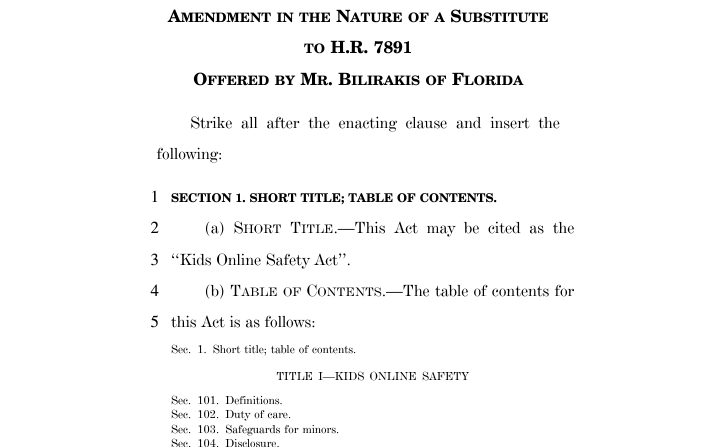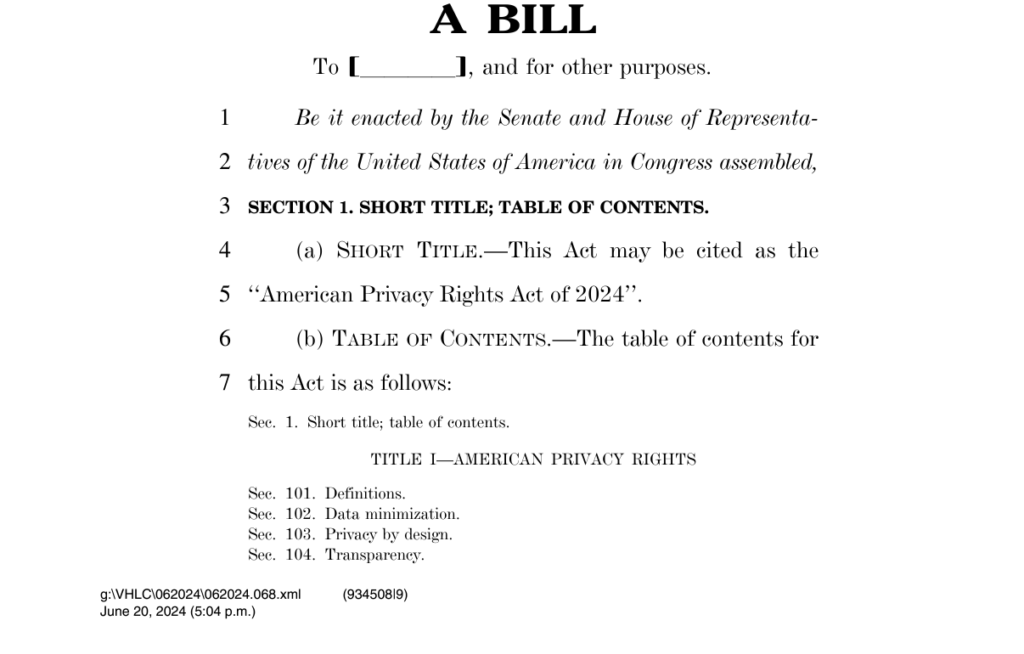7/25/24 Kids Online Safety and Privacy Act Redline
Kids Online Safety and Privacy Act Redline On Tuesday (7/23/24) Senate Majority Leader Schumer introduced an amendment to add two major student and child privacy bills–the Kids Online Safety Act (KOSA) and the Children and Teen’s Online Privacy Protection Act (COPPA 2.0)–to the Eliminate Useless Reports Act of 2024. This created a new bill–the Kids Online Safety and Privacy Act–which passed a cloture vote today (7/25/24). The Senate is expected to vote on the Kids Online Safety and Privacy Act next week. Below is our redline tracking substantive changes to KOSA and COPPA 2.0 in the Kids Online Safety and […]
7/25/24 Kids Online Safety and Privacy Act Redline Read More »








